The environmental conditions in which chickens live are as important as those required by humans. Both ventilation and optimal heating, as well as light and the composition of the air are all essential to ensure that chickens are comfortable and content. If conditions aren’t right, and the chickens aren’t happy, this can have a direct impact on the profitability of the poultry farm.
Most poultry farms utilize some sort of poultry house for the birds. Some are totally enclosed, some are curtain sided, and others are of the open type. While enclosed poultry houses require mechanical ventilation all the time, open sided poultry houses have the advantage of being able to utilize natural air temperature and air movement for air exchange. However, many farmers prefer to combine natural forces with mechanical ventilation for their open type poultry houses.
There are advantages and disadvantages for each of the different types of poultry houses, and it’s important for farmers to weigh these up. An obvious advantage of the open type structure is that it uses less electricity. However, if you don’t ensure the microclimate of the birdhouse (at the level of the bird) is suitable then the chickens may not thrive.
Factors That Effect The Environment in a Poultry House
In addition to lighting, ventilation, cooling, and heating, insulation of the walls, floor, and roof of the structure can make an enormous impact on the environment.
Temperature
Temperature levels are vital for poultry to thrive. If the temperature is too hot the chickens will start panting and they will change the position of their bodies to try and get cool. If this happens they will eat less and this will directly affect production because they will lose weight. When it is too cold, they tend to huddle together to get warm. When they do this they use what is known as “feed energy” to get warm, and they will need more food.
If chickens have sufficient tissue insulation under the skin they might not be badly affected by a drop in temperature. But they will only develop this subcutaneous fat layer if they are being well fed. Feathers also aid insulation, but not enough if the poultry house is always too cold and/or too hot. Of course, huddling together also helps if it gets really cold.
Farmers with open type poultry houses need to assess the behavior of their birds. If the chickens look uncomfortable or they are less active (or indeed more active), and they start coughing and sneezing, chances are the temperature isn’t right. Thermometers at different locations within the house are also helpful.
But there is also a caveat because different types of chickens have different needs. For instance, layers thrive when the temperature is 20 °C and if it is any lower they will need 1.5 g of extra feed every day. If the temperature rises above 24 °C the weight of eggs and the quality of the shell will be adversely affected. The temperature for broilers should be higher, and it is also age dependent. The younger the broiler the more warmth is required. So while chicks require a constant temperature of around 32 to 34 °C by the time they are a month old this can be decreased to 20 °C
Relative Humidity
While most of us think about humidity as damp, hot, and unpleasant air that makes us feel sweaty and uncomfortable, when it comes to the poultry house it’s a bit more complicated. The most important factor is relative humidity, which is measured by comparing the maximum humidity in the air with how much moisture there is in the air at a certain temperature.
While relative humidity is measured scientifically, the important factor for the farmer is chicken health. This is because some respiratory diseases are caused by relative humidity that is too high, and others by relative humidity that is too low. And the main problem is that if the relative humidity is excessively high, condensation in the open type poultry house promotes the growth of harmful micro-organisms that can affect the poultry adversely.
There are a number of different ways to measure moisture content in poultry houses, most commonly a mechanical hygrometer or a psychrometer dry/wet bulb. But these devices only measure the moisture in the air. It is much more useful to measure humidity and temperature and to compare these measurements in terms of relativity. But it is quite an expensive process so is often ignored.
The best way to control humidity is by heating or cooling the air in the poultry house in relation to the temperature outside. If the temperature outside is low, relative humidity will also be low and this usually results in unwanted dry dust being distributed. If it’s too high it simply gets too wet inside. The ideal measure of relative humidity in a poultry house is between 60 and 80 percent.
Healthy Air Composition
Healthy air is vital to all living creatures. Gas and dust are both potentially extremely harmful.
Birds breathe in oxygen and breathe out a mixture of carbon dioxide and water. Even if the oxygen levels in the air are low they won’t suffer from “lack of oxygen”. However, there are some harmful gases that can adversely affect poultry including:
- Too much carbon dioxide, that is primarily from air that is exhaled by the chickens.
- Ammonia that is a by-product of manure and is easily bound to water. If the ammonia content is too high in the air the mucous membranes of the chickens will become irritated.
- Hydrogen sulphide that also results from manure – when it composes. It smells like rotten eggs and is considered to be a very dangerous gas. It can be fatal for humans animals so must be removed from the air.
- Carbon monoxide that develops when there is not enough oxygen. It has no smell and is a very dangerous gas that can also kill.
- Sulphur dioxide that tends to develop when oil is used for fuel. If it is clean it usually isn’t a problem, but if oil is polluted sulphur dioxide will usually form.
Farm owners should use a gas detector to determine what gases are in the air.
Dust is not usually measured in poultry houses, in spite of the fact that it can be very harmful.

Movement of Air
Young chicks are much more sensitive to air movement that older birds, but air draft is an issue that needs to be considered. Draft value is the measure poultry farmers need to be aware of. So what is draft value?
To determine draft value you need to ascertain the difference in temperature between the air outside that blows into the open type poultry house and the air that is already inside. This must be multiplied by the speed of the air. So it is not something a layman could easily estimate.
Air movement is a lot easier to control if you can estimate draft value but it is dependent on internal ventilation, the size of the poultry house, and the slope of the roof. The way the coop is organized also plays a role.
Ultimately, natural ventilation in poultry houses is preferred by many farmers because it costs less and less maintenance is required.



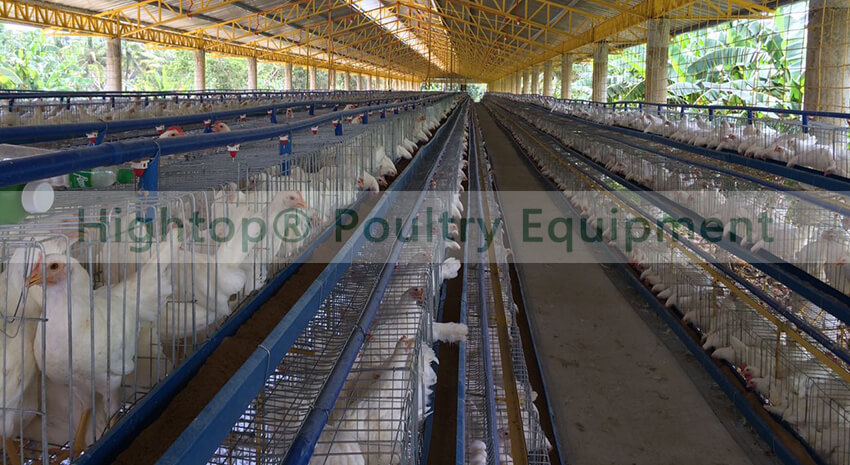
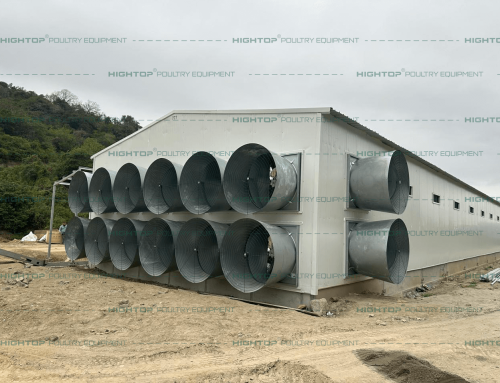
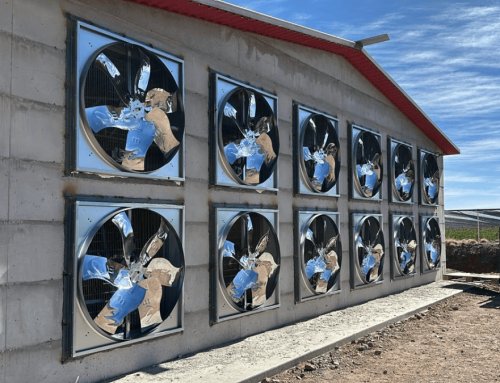
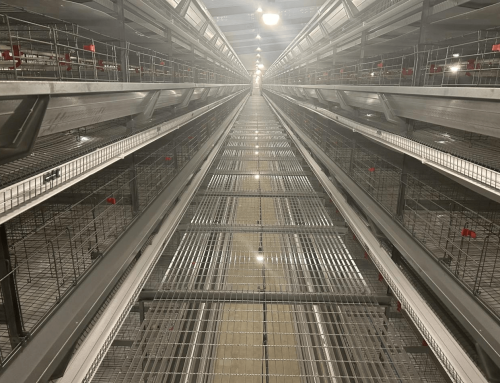
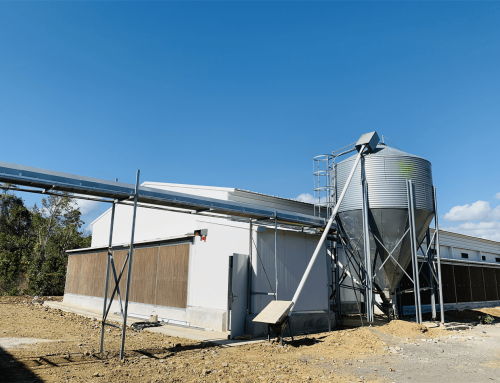
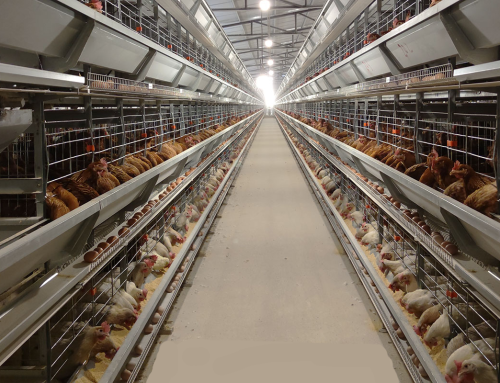
Leave A Comment